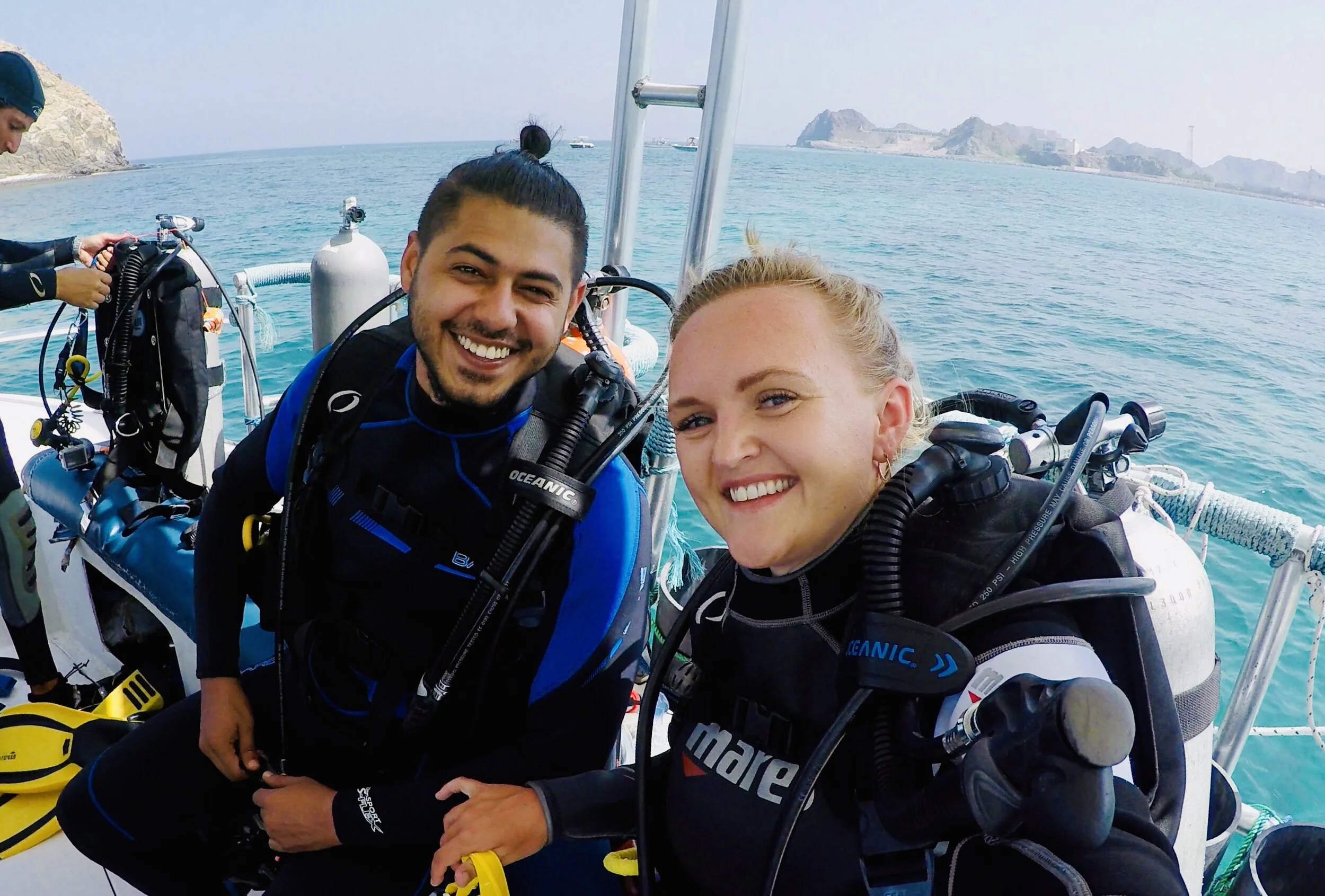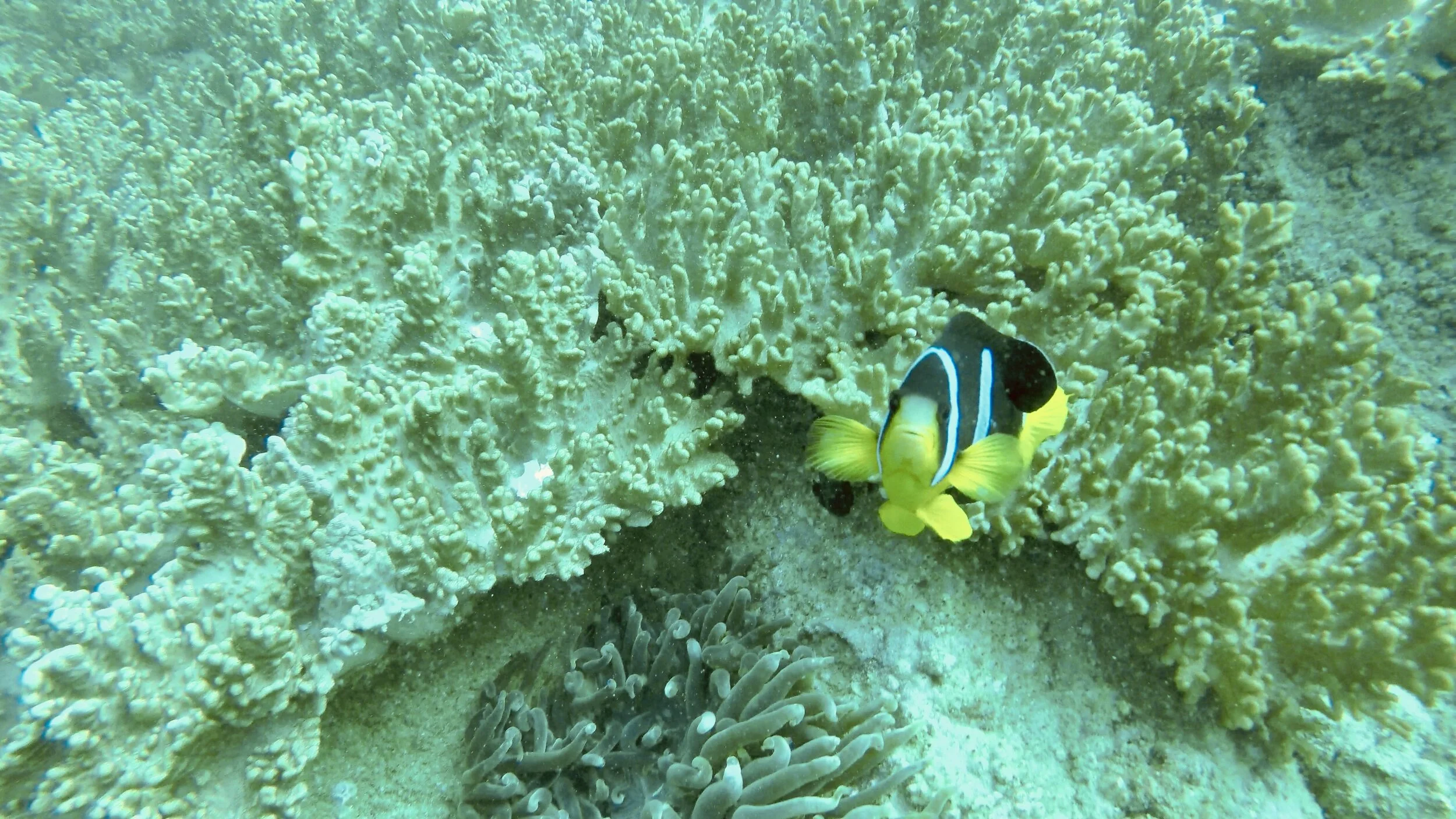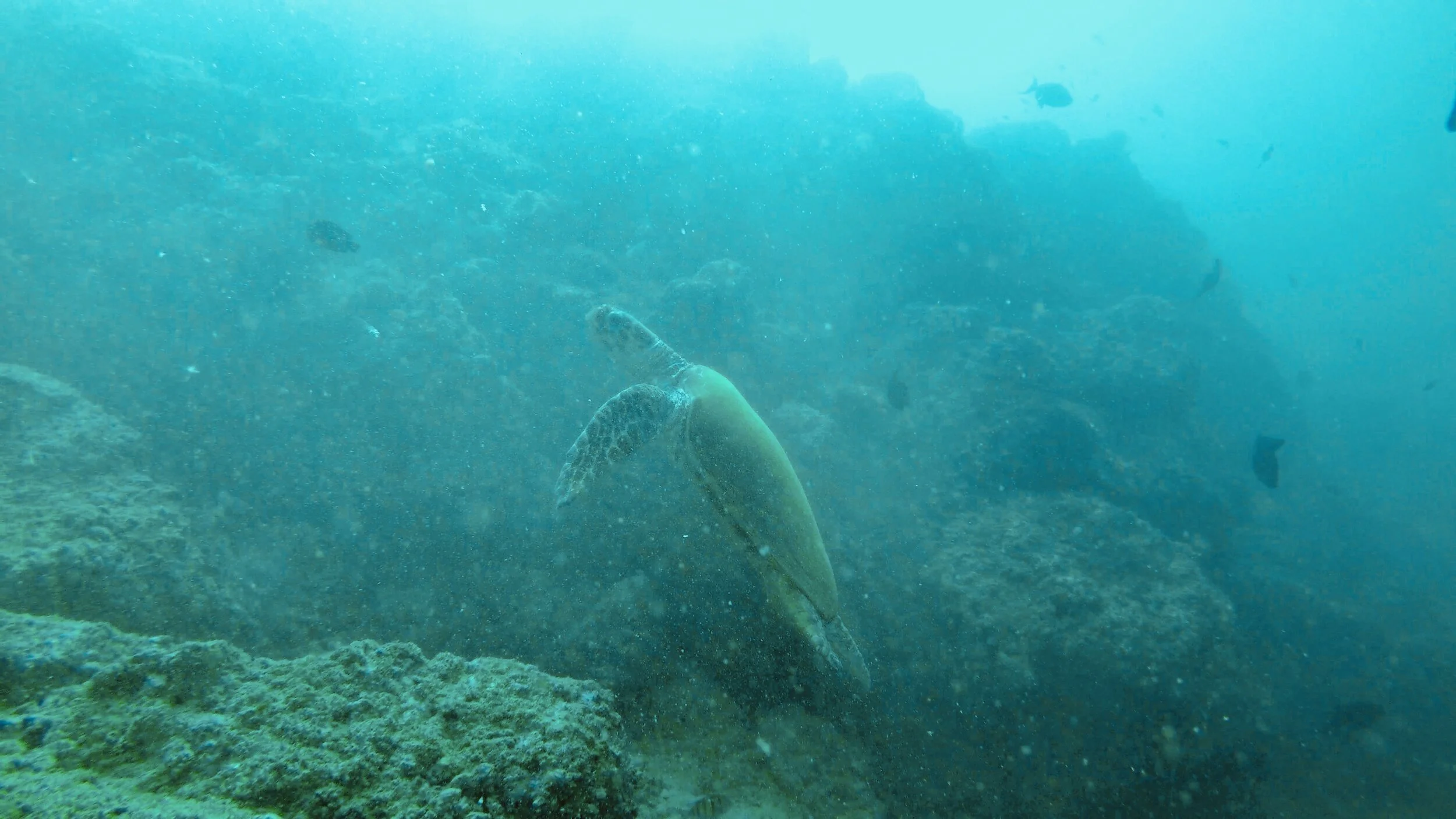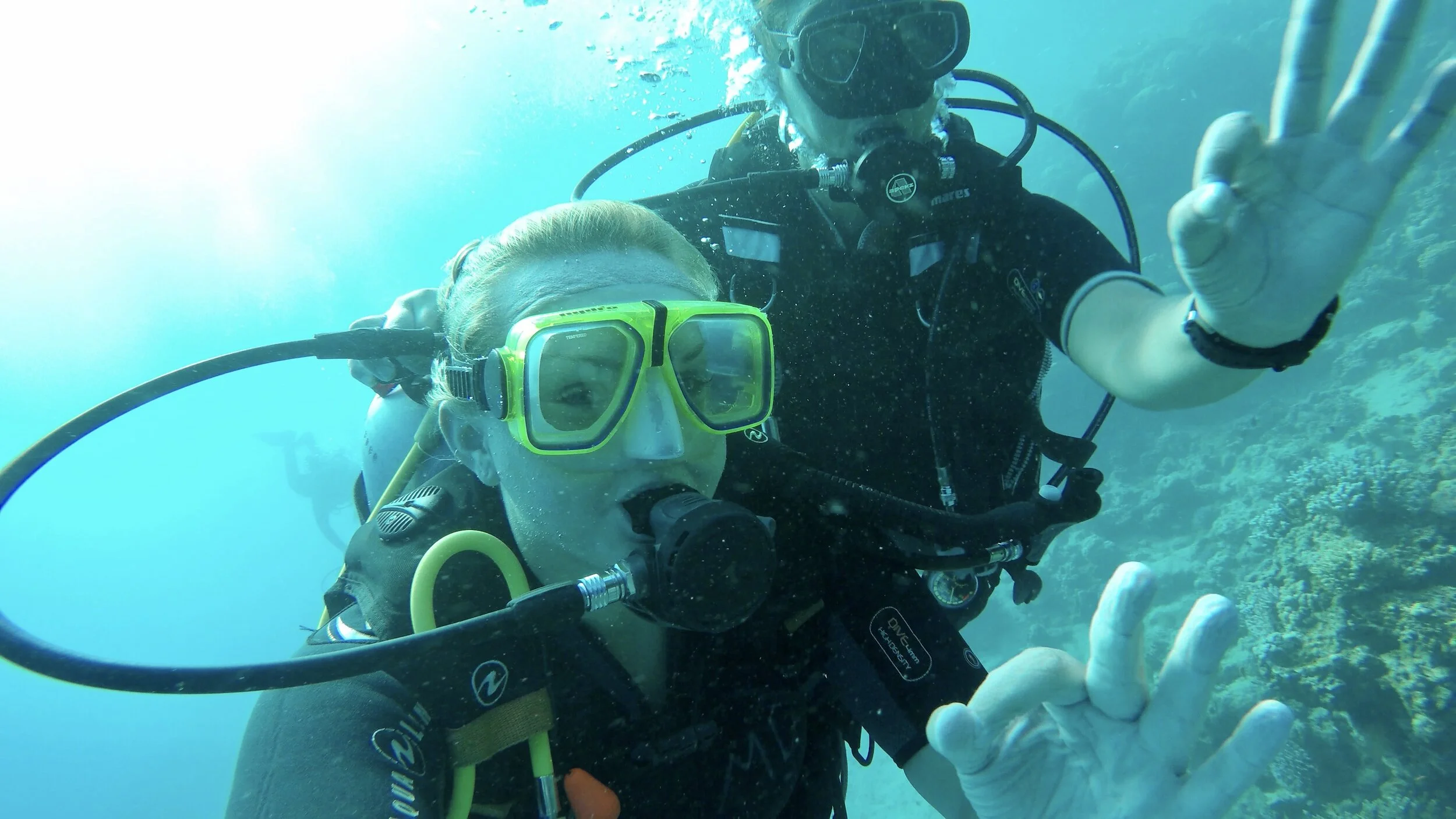How to Get Your PADI Open Water Scuba Diving Certification
How to Get Your PADI Open Water Scuba Diving Certification
words: Sophie Alexander-Osman
photography: Sophie Alexander-Osman
published: August 17, 2023
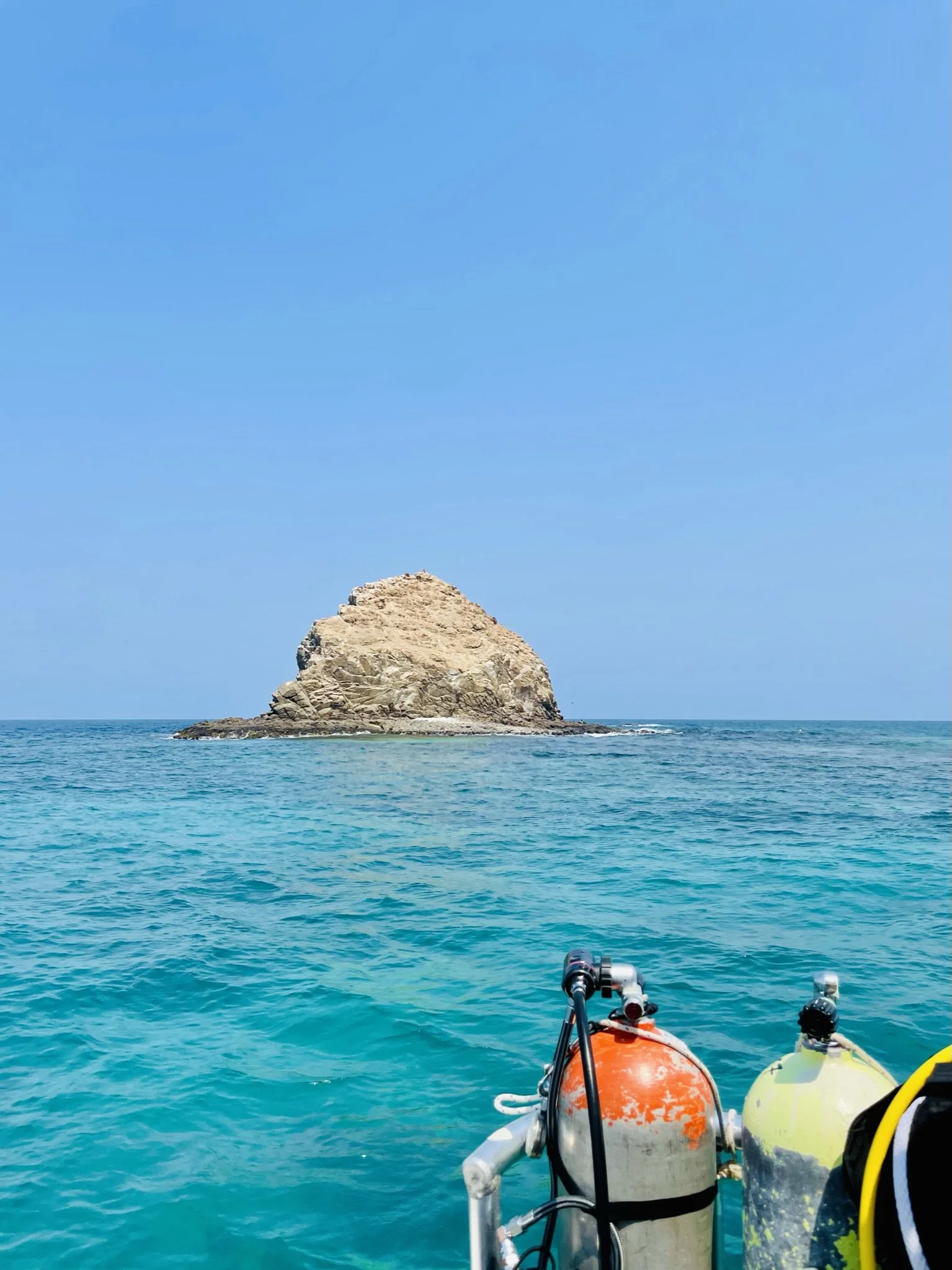
There are many reasons why I call myself a water baby. I learned to swim at age 4 and stayed with the same company until I was swimming competitively for them at aged 16. I then became a lifeguard where I actively worked in the position for 9 years, including countless jobs that took me all over the world, from Japan, China and the USA. In 2014 I then qualified to be a swim coach which is the main reason why I’m now based in the United Arab Emirates.
I spend the majority of my week either working in a pool or relaxing by one at the weekend.
Naturally, the next progression happened… I had never considered scuba diving, until my trip to Egypt in 2019. Even when I was putting on the equipment for the first time, it took some convincing that it would be something I would enjoy.
But here we are 2 years later and it’s now my favourite travel hobby. Life underwater is simply magic. I never thought I’d be a scuba diver. Like… ever! But now I can’t imagine life without it.
I attained the PADI Open Water Certification in July 2021 and I’m already planning to do the Advanced Open Water in a few month’s time. In this guide, I will provide all the information you need to become a scuba diver. The thought may be daunting at first but honestly, your time underwater will change your life!
What is PADI?
PADI is the Professional Association of Diving Instructors and the world's leading scuba diver training organisation. There are over 6,600 PADI centres all over the world and over one million people become certified scuba divers every year.
There any many courses you can take - for beginners the Open Water and Advanced Open Water are the first stages. Then there’s everything in between from Free Diving, Wreck Diving, and Digital Underwater Photography, all the way up to Divemaster.
I started off by doing two Try Dives, one in Dahab, Egypt, and one in Fujairah, UAE. Both times I was held and guided by a divemaster, so all I had to do was enjoy the view at 8 metres deep. Before entering the water, I was taught how to breathe using the regulator, clear my mask of water, equalise my ears, and other basic skills. The Try Dive is an introduction to see if you like being underwater and an incredible way to see coral reefs and marine life for the first time.
Anyone can do it!
The best advice I can give you and every instructor will tell you… RELAX! Once you’re in the water, all you have to do is breathe. Sounds easy right?
Where Can I Get Certified?
In this blog post, I’m featuring and recommending PADI as they’re the top organisation in the world. However, there are many other diving schools. Most people tend to qualify when they’re abroad or in a tropical country, for example, The Maldives, The Caribbean, and Australia. I took the course in Dubai at the Nemo Diving Center, which was incredible - just a hilarious group of Egyptians!
PADI Open Water Course
Even with my life experience in the water, I still felt incredibly nervous going into the Open Water course. Being in the pool is easy but the sea is a completely different ball game!
Once you sign up and pay for the course, PADI sends you an e-learning package that is full of information and quizzes that prepare you for the physical training. The reading is quite lengthy, around 6-8 hours, but it’s great having the knowledge before stepping into the dive centre.
The Open Water is a 4-day course, typically 3 hours each day - just 12 hours to become a scuba diver! This may not seem a lot of time but it’s crazy how quickly you can adapt to the divers way of life. I can’t explain it other than say that it’s super cool!
The first two sessions are mainly classroom-based - learning how to put together your equipment and learning the safety skills for you and your ‘buddy.’ We then transferred those skills from land to the swimming pool. Our time in the pool really calmed my nerves. It was an incredible feeling to be in control and knowing how the equipment operates.
We transferred to the sea for the next two sessions. Recapping all the skills we had learned in the pool, plus of course diving deeper. As an Open Water Diver, you can go down to 18m!
After completing the four dives over the four days, we were officially scuba divers! The PADI instructors will check off all your complete skills and will process your certification. We received ours online within a couple of days. It’s a certification that will never expire. I promise that once you have it in writing, you’ll already be booking your first dive!
Equipment
You won’t need anything special for the course apart from your swimming costume. The dive centre will provide you with all the gear, including a wetsuit, BCD (buoyancy compensation device), air cylinder, weights, mask and fins. If you have a dive watch already then it will come in handy!
Divers tend to wait until they have a few dives under their belt before purchasing any equipment. But you can save a lot of money on equipment hire if you already have your own!
A big rule for diving is making sure you’re renting equipment from a reputable centre. You become in charge of yourself and the equipment, so if something doesn’t feel right, then make sure one of the divemasters are aware of the problem. It’s best to figure out the problem on land, rather than 10m underwater. During the course, you will be trained for every kind of scenario underwater, but the majority of faults occur from bad equipment and diving out of your comfort zone.
You can find all the certified PADI diving centres at www.padi.com. Those with PADI 5 Star are the ones to book with!
Prices
The PADI Open Water course costs around £400 - we paid 1,800 AED in Dubai. Some centres may charge more than others.
Also, check the water clarity in the country you want to dive in. We dived during a hot Dubai summer and couldn’t see past 1m! This made our dives a lot more difficult. However, if you’re choosing The Maldives, Indonesia, Seychelles, or places with known clear waters, then you will be guaranteed visibility. At the end of the day, you’re diving to see the underworld, not to guess what could be down there!
Where I’ve Dived So Far
As I’ve already mentioned, I’ve been lucky enough to dive in the Red Sea in Egypt, in Seychelles, in Fujairah, and in Dubai, UAE. I know that this is just the start of my journey under the sea. The next step will be completing the Advanced Open Water and I would love to add the Digital Underwater Photography also! We’re already planning to return back to the Red Sea at the end of the year, as we’ve only scratched the surface of this diving hotspot!
Questions?
Please let me know if you have any questions regarding the Try Dives or the PADI Open Water certification. I hope I’ve inspired you to take the first step into the incredible life under water!
RELATED POSTS


